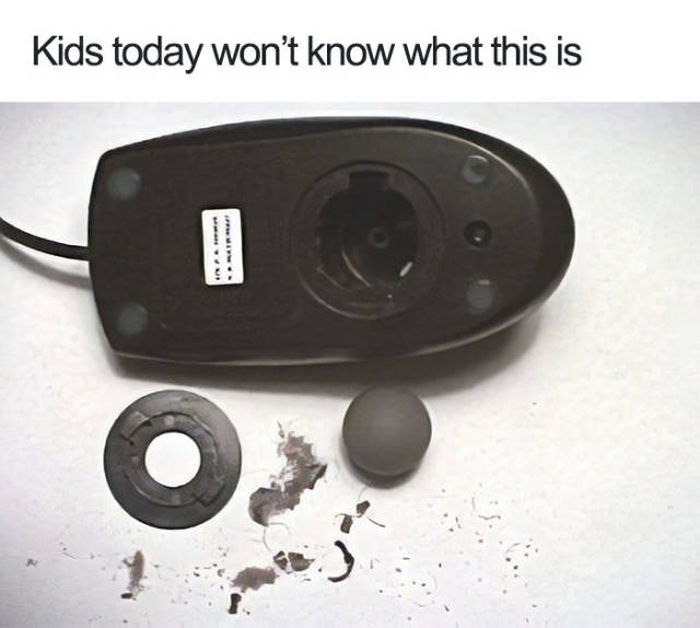

Клет’s first album has songs dedicated to Yuri Gagarin and Sputnik. Priroda is named after a module of the Mir space station. ( Danylo Hrechyshkin)įrom Belarus, the artist Буран (or Buran) ostensibly took their moniker from the Soviet space shuttle, which was mothballed after a single unmanned flight in 1988. Many tracks capture the loneliness and enchantment of outer space, with the grand synth lines representing its infinite nature, the beeps and blips sounding like analogue communications coming through as you gaze at the Earth from orbit. Themes of space exploration and the technological achievement of man further its beauty.

This is music that’s soothing on the ear, combating the tired cliche that the old Eastern Bloc was endlessly grim, gray, and monotonous. As Клет (sometimes spelled KLET) puts it, “Sovietwave is the nostalgia for the past and also a future that has never been.” Like other forms of retrowave, Sovietwave is punctuated by feelings of lost innocence and regret, in this case about the fall of communism. But most songs don’t need such obvious signposts to capture a sense of romanticism for the era.
#PROPAGANDA NOSTALGIA MEMES TV#
Some compositions sample old TV news clips, speeches, and cartoons for a more direct summoning of the past. Sovietwave music and its accompanying artwork lean on classic aesthetics: retrofuturism, brutalist architecture, the space race. It exists almost entirely on the internet, created by faceless bohemians happy to roam the digital underground, utilizing online platforms to circulate their art with little or no notion of commercial prosperity. While certain artists from that era, such as composer Eduard Artemyev and the band Кино (Kino), do act as important precursors, this is a contemporary phenomenon. Sovietwave is sometimes mischaracterized as electronica made beyond the Iron Curtain in the 1980s. Then there’s Sovietwave - music primarily, though not exclusively, forged by artists from ex-Soviet states that blooms with nostalgia for the USSR. It’s like a mix of memories that the brain meshed into one perfect image. Retrowave is tinged with a sense of longing and melancholy for the past. If you can believe it, there’s even such a thing as Simpsonwave, an internet meme that warps clips from the show that helped shape the childhoods of almost every Western kid born after 1979 and adds a spaced-out soundtrack.

Vaporwave deploys cheesy Muzak and co-opted corporate symbolism to sardonically roast consumerist culture.

Synthwave revisits the daring tech-noir future envisioned in science fiction by the likes of John Carpenter, Giorgio Moroder, and Vangelis, ratcheting up the retro aesthetic by adding accompanying images of convertible sports cars beneath palm trees, driving toward neon sunsets on perspective grid terrain. While the borders between synthwave, vaporwave, chillwave, etc., can be murky and hard to define, what unites them is the influence of 1980s American pop culture. Music and MelancholyĪbout fifteen years ago, a web of electronic music microgenres, sometimes grouped under the umbrella term “retrowave,” began manifesting in strange corners of the internet and beyond. “All of a sudden, a distant memory became so present that inside of me,” Trávníček tells me in an email, “I felt the drive to start making this exact kind of music and contribute to this scene I had never known existed.” Today he releases Sovietwave music under the moniker Клет. Drifting into the electronic soundscapes, Trávníček envisioned himself on a park bench, watching classic Škodas and Ladas drive by, the badly dressed 1980s teens with mullets hanging around, and babushkas shuffling along with their grocery shopping. The music, matched with pictures of Soviet-era architecture, immediately brought back memories of growing up in a khrushchyovka in Bohemia, then a region of Czechoslovakia. As fate had it, the algorithmic gatekeepers led him to a mix of songs by various artists under a curious banner: Sovietwave. In an instant, the play button brings back a world that lingers in their minds and in their lives - a world that vanished almost overnight.īack in early 2020, during the uneasy feeling of Germany’s first lockdown, Stuttgart-based musician Michal Trávníček was killing the hours by doing what we all have done - spiraling down a YouTube hole. Programmed drum machines map out their journeys, wavy synthesizers illuminate their memories. If they’re feeling nostalgic, the children of the Soviet Union can voyage to the past via the portals of YouTube, SoundCloud, and Bandcamp.


 0 kommentar(er)
0 kommentar(er)
